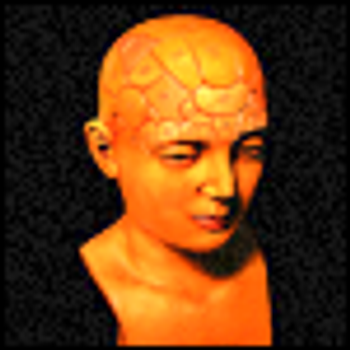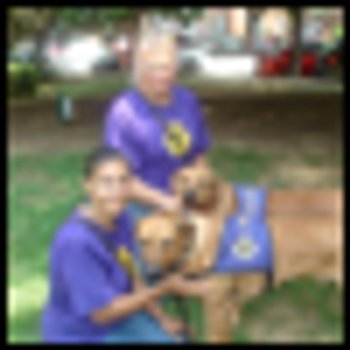#tabbed_box_800 { margin: 0px auto 0px auto; width: 600px; } #tabbed_box_800 .tabbed_area { padding:0px; } #tabbed_box_800 ul.toolstabs { margin:0px 0px 0px 0px; padding:0px; float:right; vertical-align:middle; } #tabbed_box_800 ul.toolstabs li { list-style:none; margin: 0px; } #tabbed_box_800 ul.toolstabs li a { display:block; background-color:#e9e9dd; color:#000000; padding-top: 0px; text-decoration:none; font-size:12px; font-family:Times New Roman; font-weight:bold; background-repeat:repeat-x; background-position:bottom; border:1px #ffffff solid; text-align: left; height: 52px; width: 158px; } #tabbed_box_800 ul.toolstabs li a:hover { background-color:#d1d5d8; } #tabbed_box_800 ul.toolstabs li a.active { background-color:#000000; color:#ffffff; background-repeat:repeat-x; background-position:top; border-bottom:1px; margin-bottom:0px; padding-bottom:0px; font-family: Times New Roman; font-size: 11px; } .content800 { padding:0px 0px 0px 0px; font-family:Arial, Helvetica, sans-serif; background-repeat:repeat-x; background-position:bottom; margin-top: 0px; border:0px solid #87837E; } #bcontent_2, #bcontent_3, #bcontent_4 { display:none; } .content800 ul { margin:0px; padding:0px 0px 0px 0px; margin-top: 0px; } .content800 ul li { list-style:none; color:#8fccf0; padding-top:0px; padding-bottom:0px; font-size:13px; } .content800 ul li:last-child { border-bottom:0px; } .content800 ul li a { text-decoration:none; color:#3e4346; } .content800 ul li a small { color:#8b959c; font-size:9px; font-family:Times New Roman; position:relative; left:10px; top:0px; } .content800 ul li a:hover { color:#a59c83; } .content800 ul li a:hover small { color:#baae8e; }











